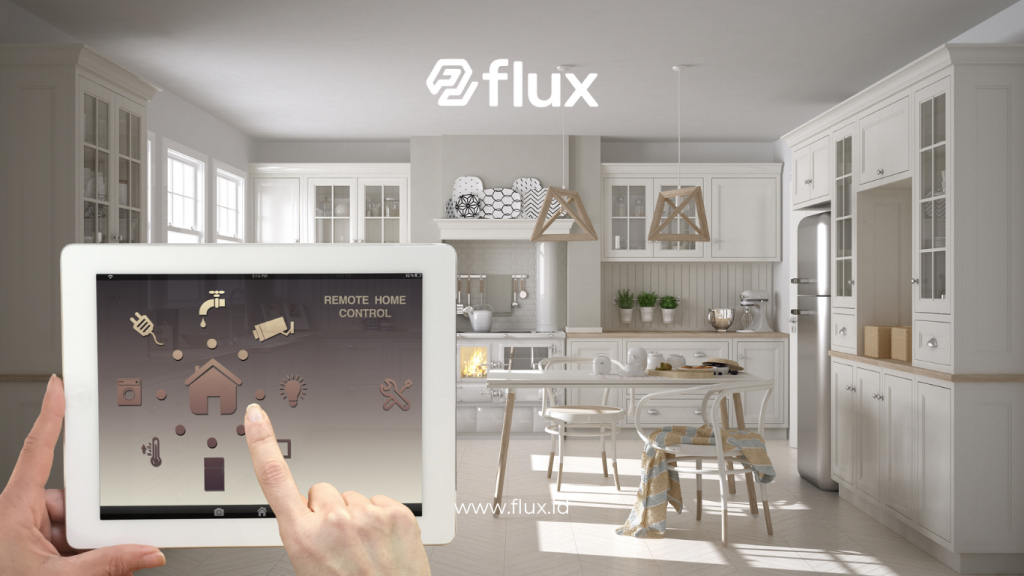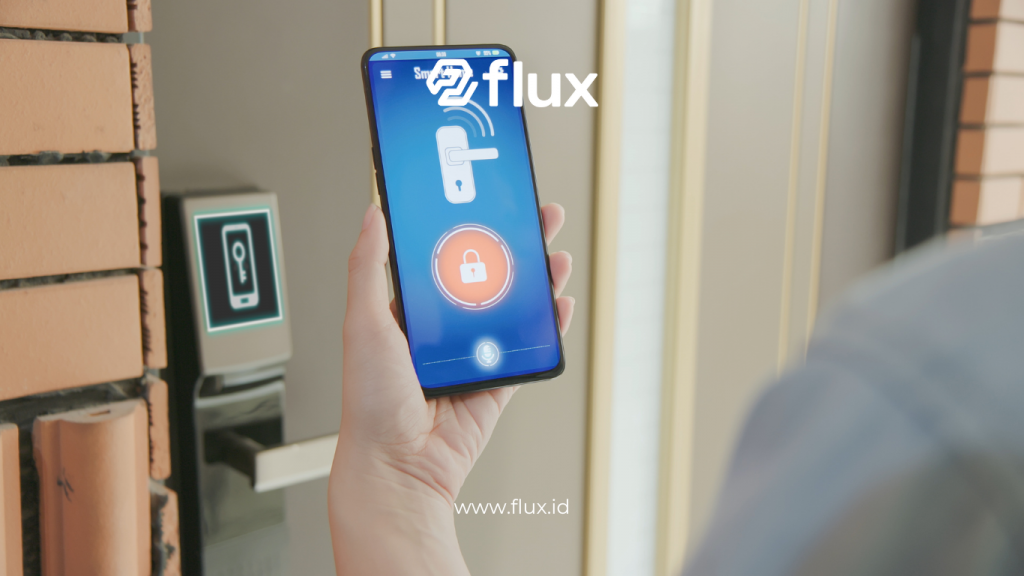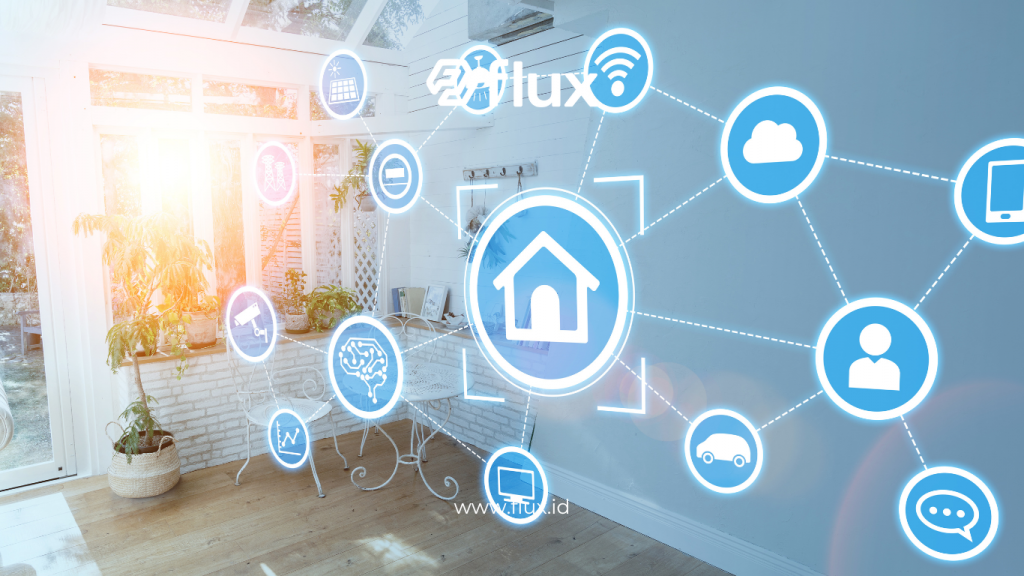Don't miss our holiday offer - 20% OFF!
The rapid development of the Internet of Things (IoT) has impacted various aspects of life, including the way we build Safe and Comfortable Home. IoT enables integration of home devices for remote control and automation, creating a smart home environment. This article discusses how IoT technology can improve the security, comfort, and efficiency of your home, along with a guide for implementing it effectively.
Contents
- 1 Why Is IoT Important for Modern Homes?
- 2 Benefits of Building a Home with IoT Technology
- 3 IoT Devices that Enhance Home Security
- 4 IoT Devices that Enhance Home Comfort
- 5 Using IoT to Improve Energy Efficiency
- 6 Steps to Building a Smart Home with IoT Technology
- 7 Challenges in Implementing IoT in Homes
- 8 Conclusion
Why Is IoT Important for Modern Homes?

Read More: Entering the Digital Era with IoT-Based Smart Homes
IoT technology connects home appliances into a unified, integrated system. Homeowners can control devices remotely, making homes safer, energy-efficient, and comfortable. Smart home IoT is no longer a luxury; it’s a necessity that brings real benefits to daily life.
Benefits of Building a Home with IoT Technology

Read More: IoT Integration in Smart Home Systems: Benefits and Challenges
- Enhanced Security
- IoT-based security systems, such as cameras, motion sensors, and smoke alarms, can be monitored remotely, allowing homeowners to keep an eye on their home anytime, anywhere.
- Energy Efficiency
- IoT devices like smart thermostats, automated lighting, and energy-efficient appliances enable more efficient energy usage, reducing utility bills and helping the environment.
- Increased Comfort
- With a smart home, you can set room temperature, lighting, and music preferences through voice commands or a smartphone app, creating a more personalized and convenient living space.
- Remote Management
- IoT allows homeowners to manage devices from afar, such as turning on the AC before returning home or locking doors after leaving.
IoT Devices that Enhance Home Security

Read More: Smart Home IoT Technology: Intelligent Solutions for Everyday Life
1. Security Cameras
Smart security cameras provide real-time footage accessible from a smartphone. Some models feature facial recognition, automatic alerts, and cloud storage.
2. Motion and Door Sensors
These sensors notify users when motion is detected or a door is opened unexpectedly. Some sensors also integrate with alarms for added security.
3. Smart Fire Alarms and Smoke Detectors
Smart fire alarms and smoke detectors send alerts to your phone and can automatically trigger specific actions, such as opening ventilation or activating sprinklers.
4. Smart Door Locks
These systems allow you to lock and unlock doors remotely or grant access to others via your smartphone. Enhanced security is possible with biometric identification.
IoT Devices that Enhance Home Comfort
1. Smart Thermostats
Smart thermostats adapt to residents’ habits to set optimal temperatures and conserve energy.
2. Smart Lighting
Controlled by smartphone or set on automatic schedules, smart lighting enhances comfort and energy efficiency.
3. Voice Assistants
Voice assistants like Alexa or Google Home can control all IoT devices via voice commands, creating a convenient smart home experience.
4. Smart Music System
Enjoy music throughout your home or in specific areas with a smart music system that can be controlled via an app or voice assistant.
Using IoT to Improve Energy Efficiency

Read More: Understanding IoT Technology in Smart Homes: From Surveillance to Automation
1. Efficient Use of Lighting and Electrical Devices
With automatic lighting, homeowners can ensure that lights and devices are not left on unnecessarily, leading to effective energy savings.
2. Energy Monitors
IoT-based energy monitors help track each device’s power consumption, enabling users to make informed decisions to reduce energy use.
3. Automatic Temperature Control Systems
IoT technology allows AC or heaters to turn off when the house is empty or when the desired temperature is reached, promoting energy conservation.
Steps to Building a Smart Home with IoT Technology
1. Plan Your Needs
Identify which devices you want to connect and how their integration will benefit your home. Focus on areas like security, lighting, and temperature control.
2. Choose a Compatible IoT Platform
Several IoT platforms are available, such as Google Home, Amazon Alexa, and Apple HomeKit. Ensure that the devices you choose are compatible with these platforms for easy integration.
3. Installation and Placement
Place devices like sensors and cameras in optimal locations for effective performance. For example, motion sensors are best located near entry points and windows.
4. Learn to Control Devices
After installation, familiarize yourself with controlling IoT devices via app or voice commands so that you can fully utilize all the features offered.
5. Automate Routines and Perform Maintenance
Set up automation schedules for convenience and security. Regularly maintain devices, such as replacing batteries and keeping software updated.
Challenges in Implementing IoT in Homes

Read More: IoT and Smart Homes: Bringing Innovation to Every Corner of Your Home
1. Data Security Concerns
IoT devices are vulnerable to cyber-attacks as they connect to the internet. Secure your Wi-Fi network and use strong passwords to protect your devices.
2. High Initial Costs
IoT devices often come with relatively high initial costs, especially when integrating multiple devices. However, long-term benefits in comfort and energy savings can offset these upfront costs.
3. Device Compatibility
Not all IoT devices work seamlessly with every platform. Choose compatible devices to ensure your smart home system functions optimally.
Conclusion
Building a smart home with IoT technology is a strategic way to create a secure, comfortable, and efficient home environment. With IoT, you can improve security with remote monitoring and automatic detection, save energy with smart temperature and lighting control, and enjoy conveniences that were previously unavailable. While challenges like data security and initial costs are important considerations, the long-term benefits make IoT-based smart homes a worthwhile investment. Start with a well-thought-out plan and select devices that meet your needs to build a smart home that truly enhances modern, convenient living.





